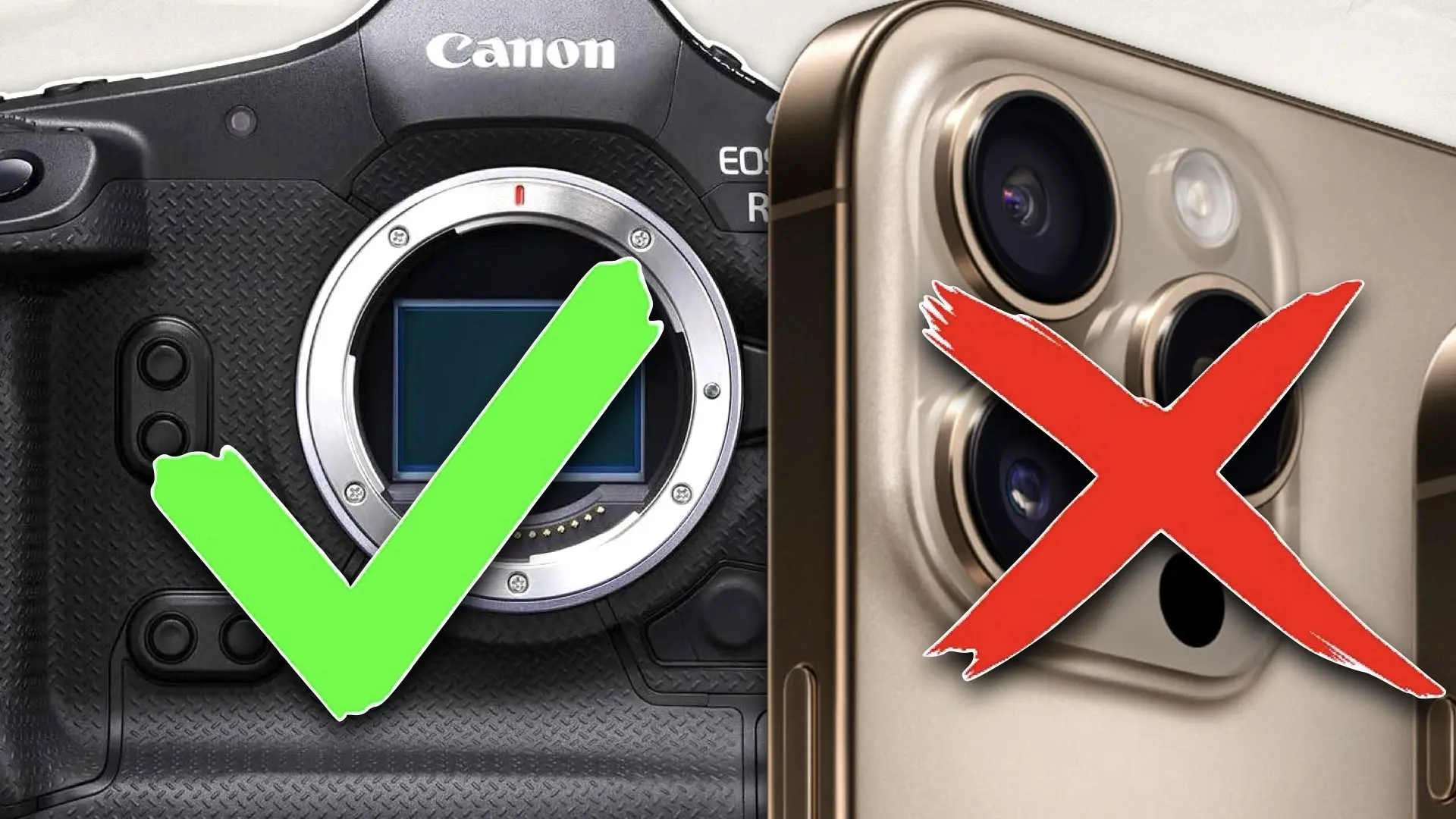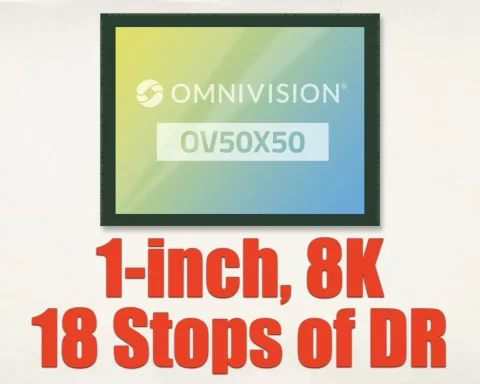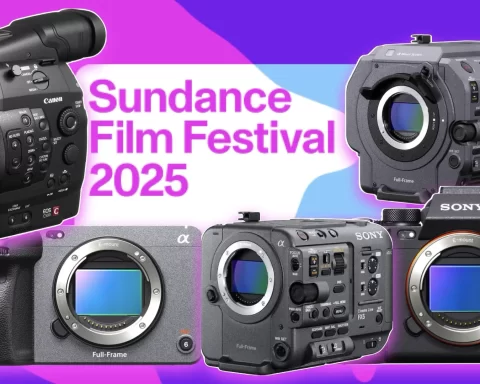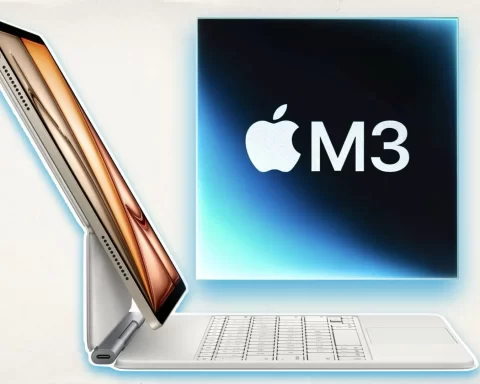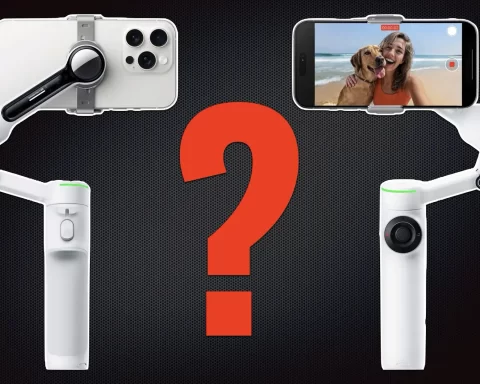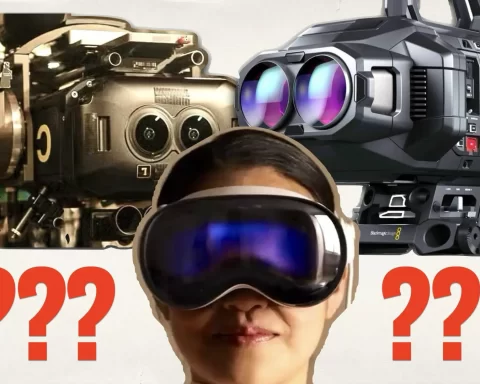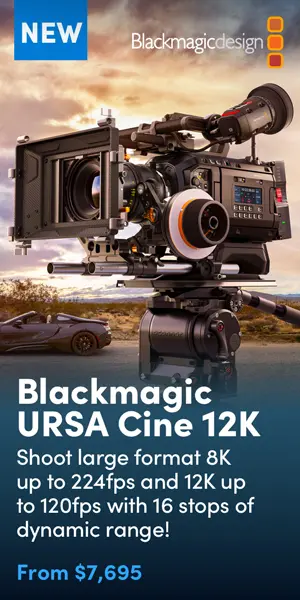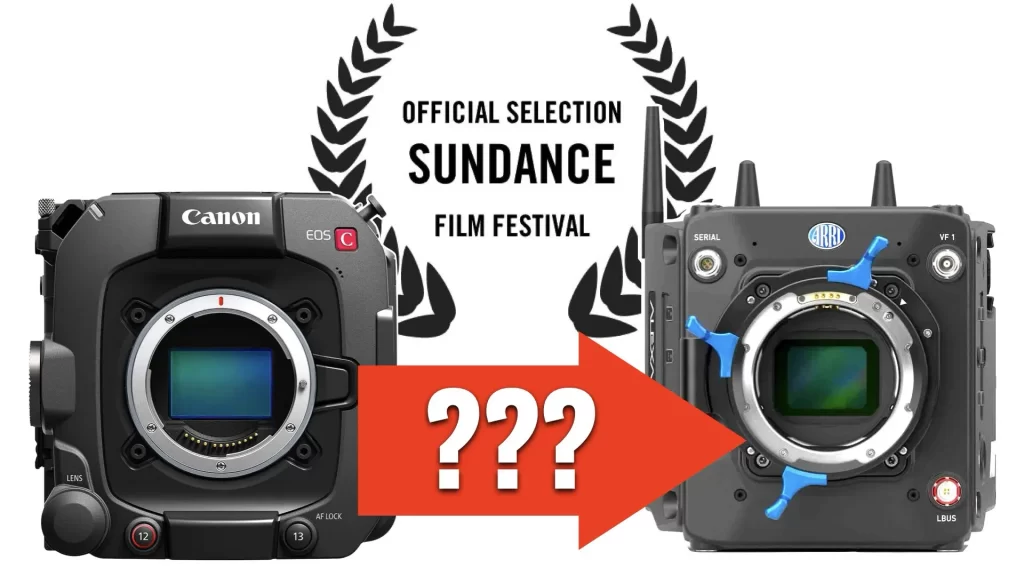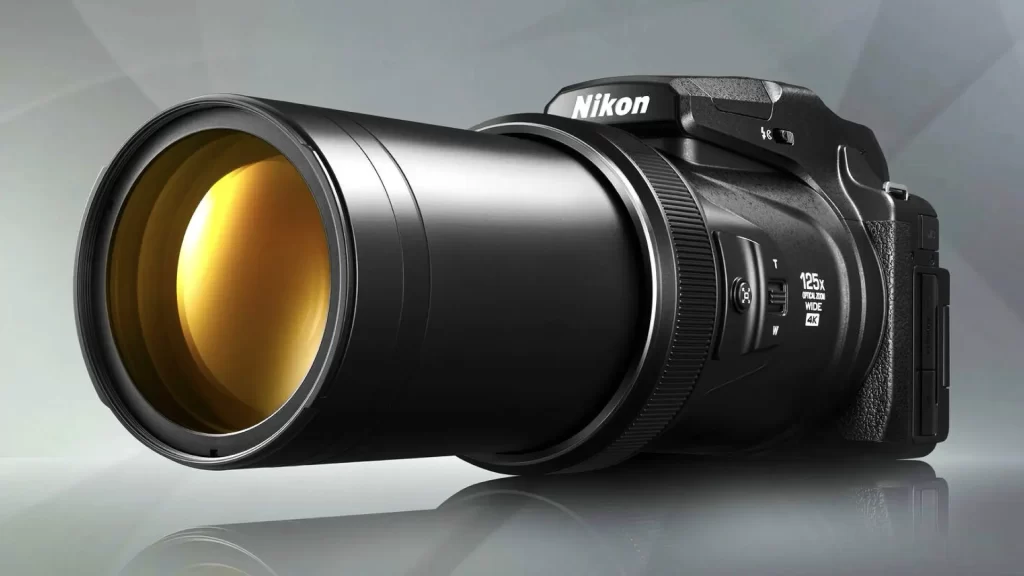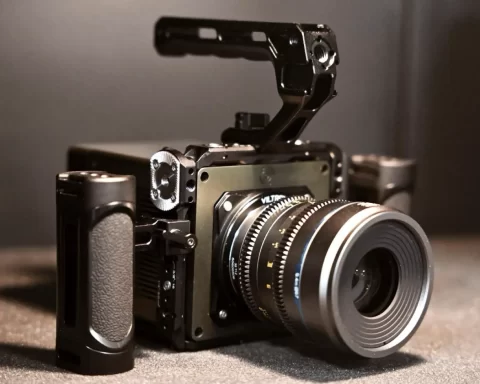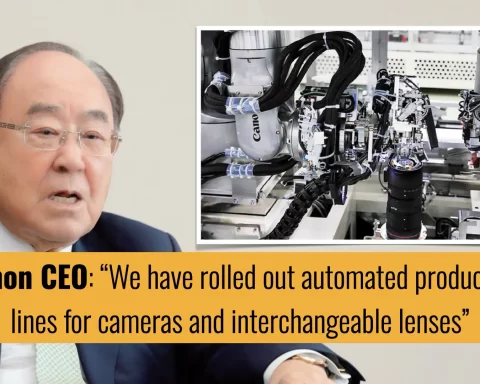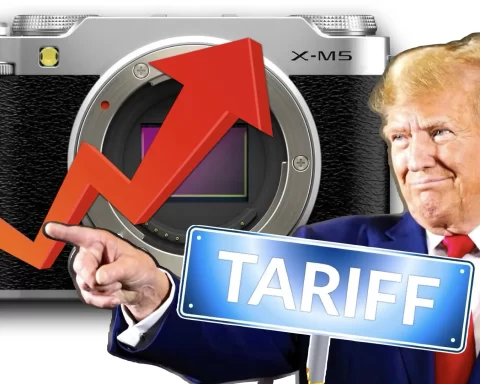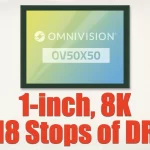In 2024, a remarkable trend has emerged in the digital camera market, driven by Gen-Z consumers in China. The young generation, known for their digital savvy and distinct preferences, is influencing a shift back toward traditional digital cameras, as highlighted by an article from Nikkei Asia. This trend signals a change in consumer behavior, where the allure of advanced smartphone technologies and their cameras no longer dominates the market, especially in the context of filmmaking. For Gen-Z filmmakers, this could mean a new golden age for creative professionals, as large sensor cameras become more desirable than ever.
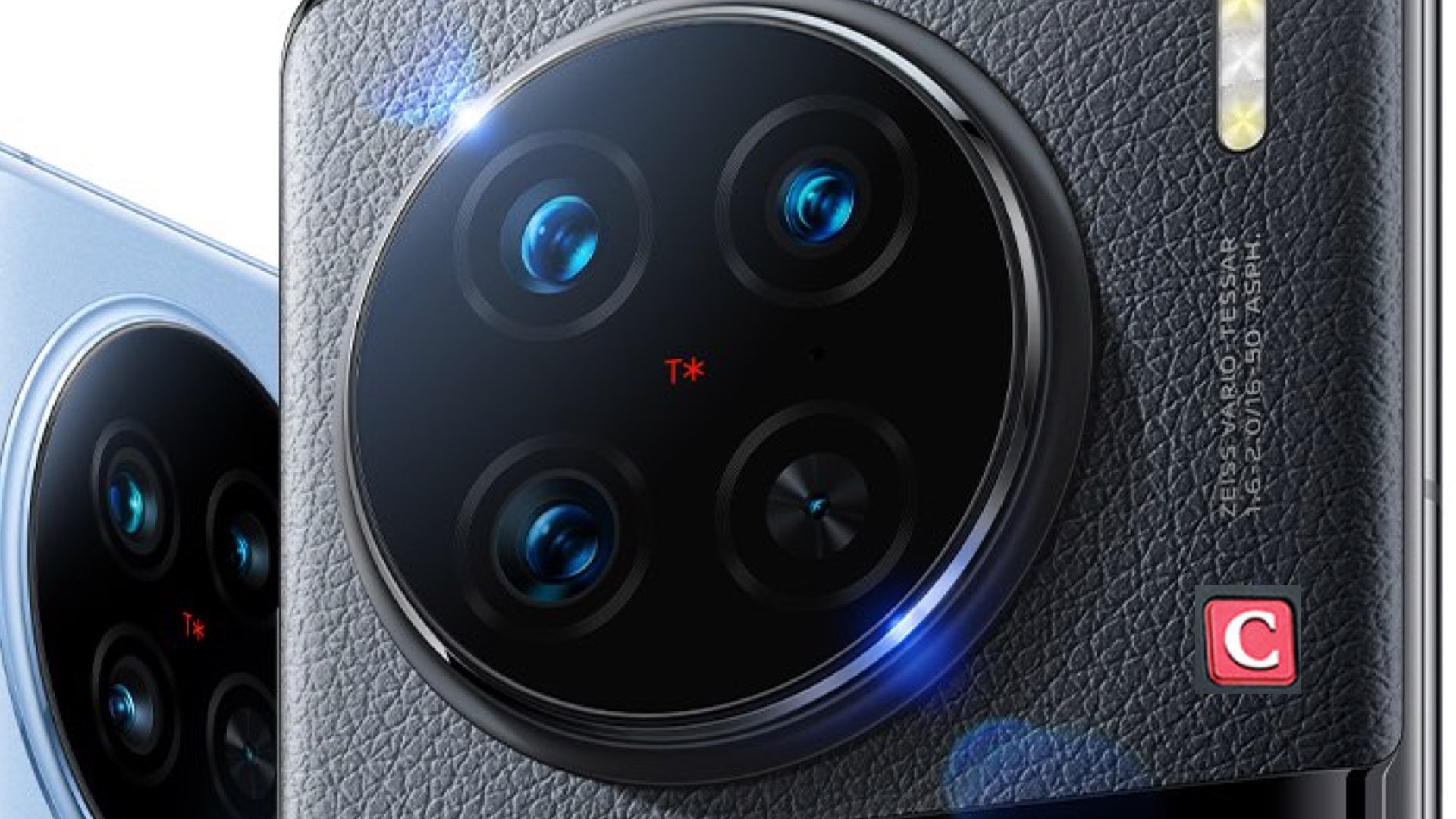
Understanding Gen-Z’s Role in the Market Recovery
The surge in digital camera sales in China, largely fueled by Gen-Z, highlights a significant change in the way young creators view camera technology. These consumers are drawn to the tactile and specialized nature of high-end cameras, which offer features that smartphones cannot easily replicate. For filmmakers, this could be a game-changer, as they prioritize quality over convenience. For years, smartphone manufacturers have introduced increasingly sophisticated cameras, offering features such as multiple lenses, enhanced sensors, and AI-powered photo and video modes. Yet, Gen-Z’s return to dedicated cameras suggests that smartphones may be reaching their technological limits when it comes to delivering professional-grade video quality. For filmmakers, this is crucial—large sensor cameras remain unparalleled in producing cinematic imagery, particularly in areas like depth of field, dynamic range, and overall image quality.
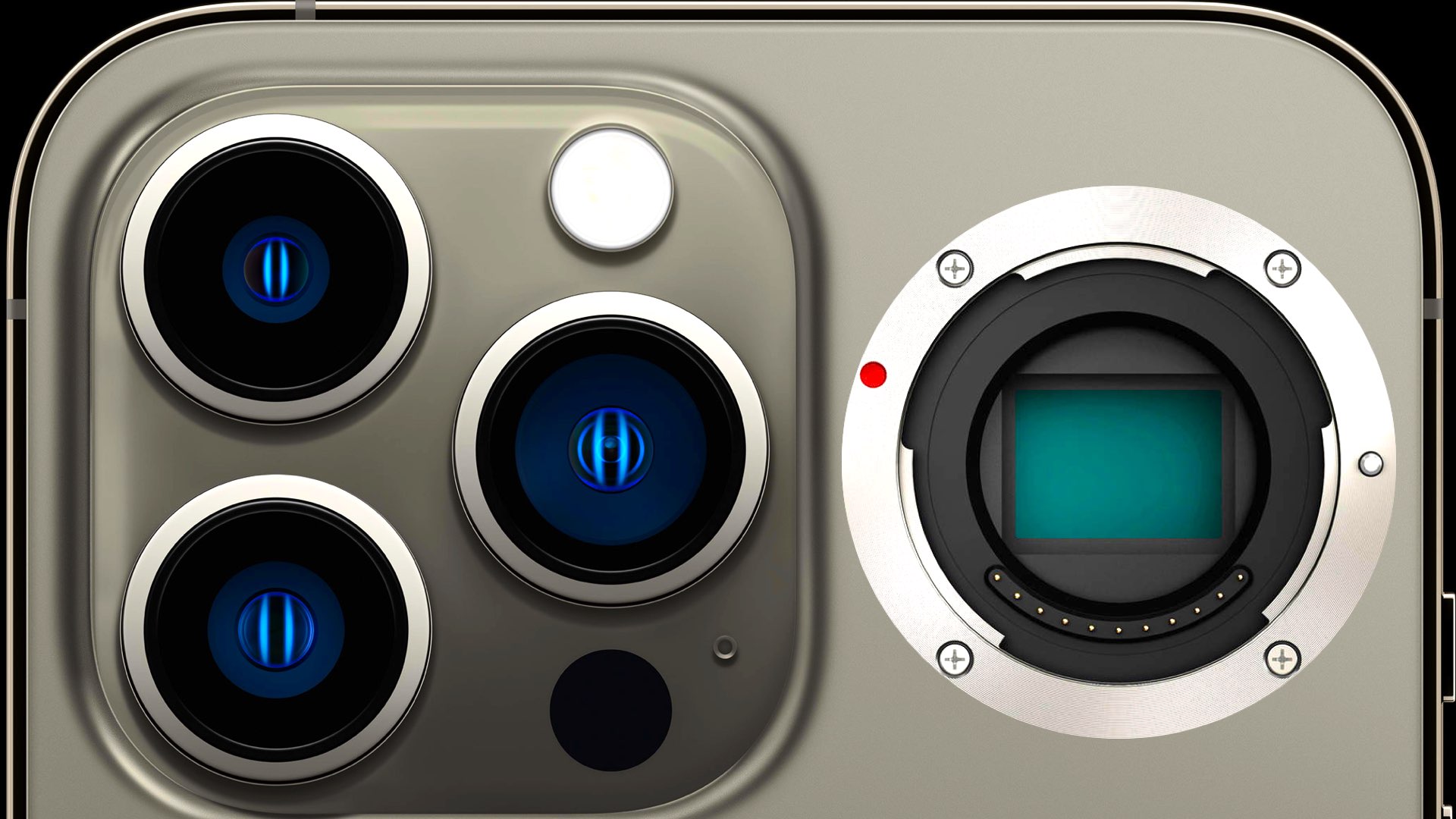
The Smartphone vs. Large Sensor Camera Debate
Smartphones have come a long way in their photographic capabilities, often marketed as being capable of replacing traditional cameras. In recent years, companies like Samsung and Apple have made strides to improve their camera systems, notably through the inclusion of more advanced sub-sensors and AI technology. For example, Samsung’s efforts to strengthen sub-camera sensors for improved video shooting (as discussed in YM Cinema’s July 2024 article) have been a focal point in their smartphones’ appeal. However, these sensors, while impressive for casual shooters, still fall short when compared to the capabilities of large sensor cameras that are tailored for professional work. Sony, a major player in camera technology, also weighed in, stating that smartphones will not incorporate full-frame sensors anytime soon (YM Cinema). Full-frame sensors are a staple in high-end cinema cameras, providing filmmakers with extraordinary image quality and depth of field that is difficult to replicate on a smartphone. Smartphones, even those with enhanced AI or specialized lenses, cannot match the light-gathering capabilities of large sensors, which translates to better performance in low-light conditions, higher resolution, and more control over artistic elements like bokeh.
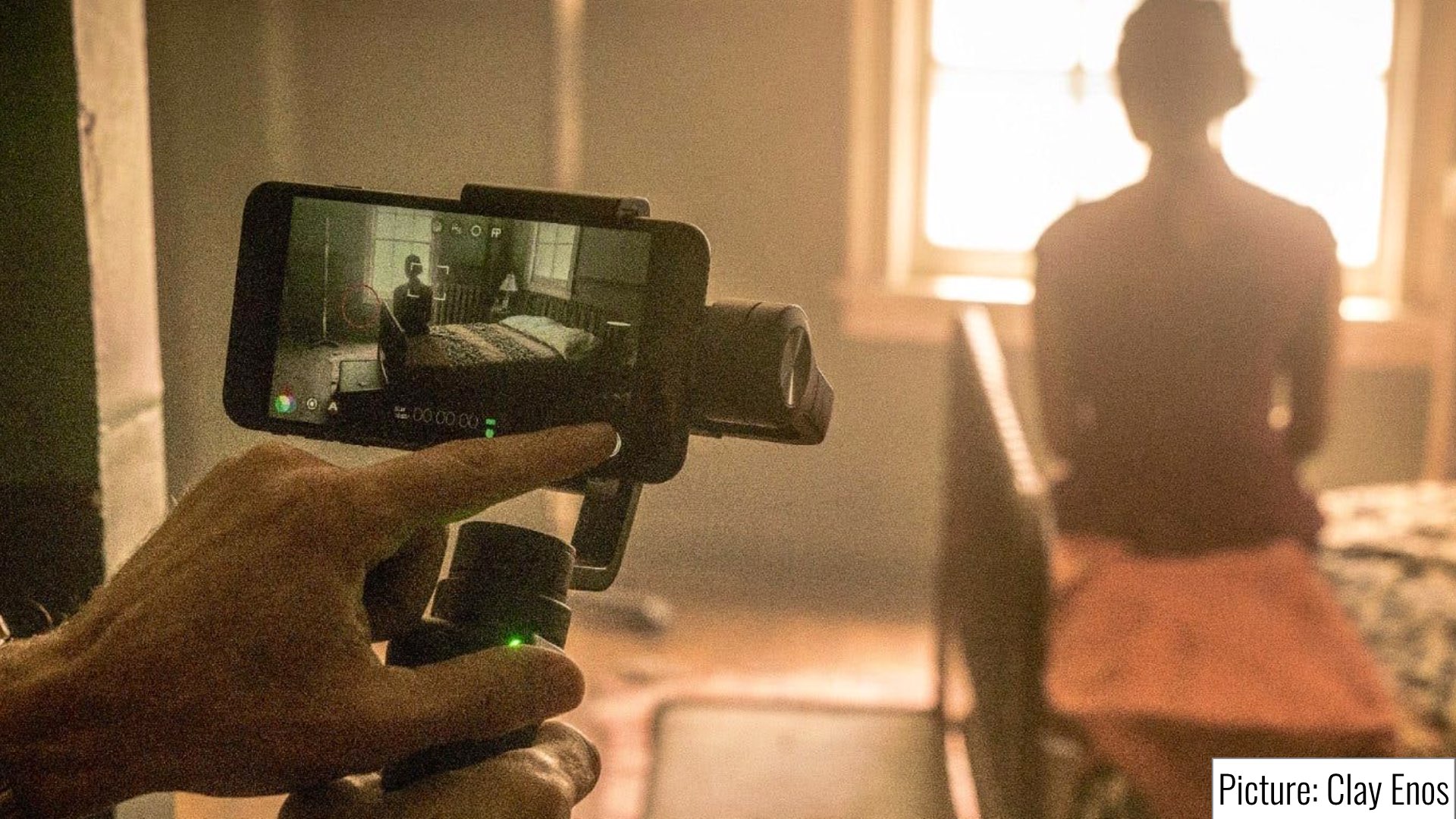
Challenges for Smartphones with Smaller Sensors
One of the primary limitations of smartphones, as explored in YM Cinema’s December 2023 article, is the size of the sensor. Despite advancements, smartphones in the next few years will rely maximally on smaller sensors like 1-inch or even smaller formats, which make them less capable than traditional cameras with large sensors. While there is growing excitement around the possibility of smartphones adopting more advanced sensor types (YM Cinema’s October 2024 post), the reality is that such innovations will not come close to the performance of a large sensor camera, particularly in cinematic filmmaking. 1-inch sensors, for instance, may allow for some creative flexibility, but they cannot achieve the same shallow depth of field or dynamic range found in full-frame cameras. The limitations are evident when it comes to producing high-end content, as large sensor cameras allow filmmakers to achieve the “cinematic look” that remains hard to replicate on smartphones. Even as Apple explores the potential of integrating large sensors into its iPhones, as discussed in YM Cinema’s October 2024 post, the prospect of smartphones matching professional cameras in terms of image quality and control remains a distant reality.
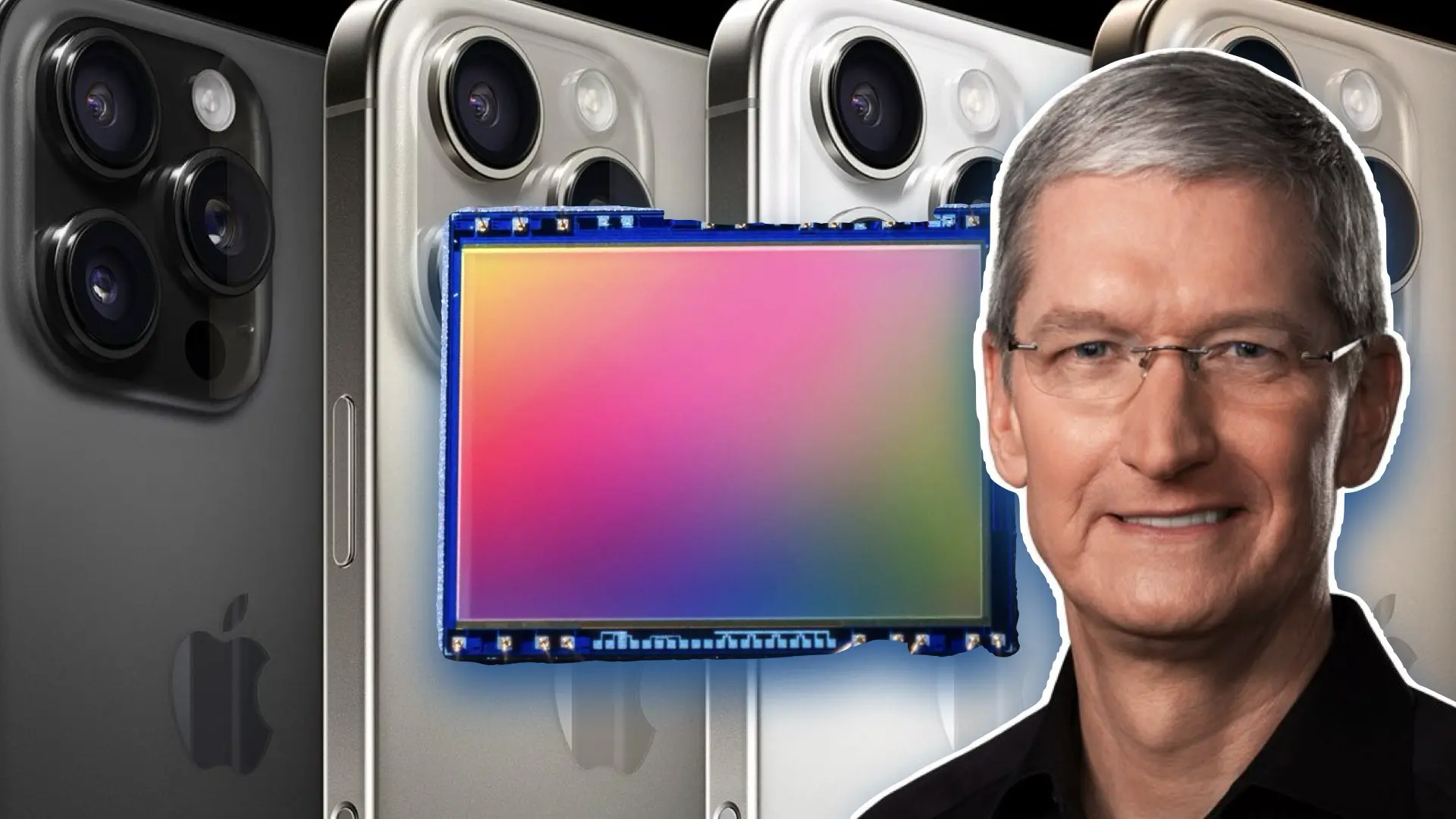
Why Gen-Z Filmmakers Prefer Large Sensor Cameras
For Gen-Z filmmakers, the allure of large sensor cameras lies in their ability to produce superior cinematic content (as described by Nikkei Asia). As this demographic embraces digital cameras, they recognize that the technology offers a level of artistic control that smartphones cannot replicate. The cinematic look, characterized by wide apertures, low-light capabilities, and exceptional dynamic range, is something that smartphone cameras, even with advanced sensors, struggle to deliver consistently. Additionally, large sensor cameras offer superior ergonomics and functionality for professional filmmaking. The ability to interchange lenses, use manual controls, and adjust settings to suit various shooting conditions empowers filmmakers to achieve the precise look they desire. These aspects are difficult, if not impossible, to fully replicate on a smartphone. For young creators who are entering the world of filmmaking, large sensor cameras provide a stepping stone to professional-grade production. The advantages of these cameras are undeniable—enhanced image quality, creative flexibility, and a more immersive shooting experience. As a result, the interest in these cameras from Gen-Z is a clear signal that digital cameras are making a strong comeback, especially for filmmakers who demand high-end results.
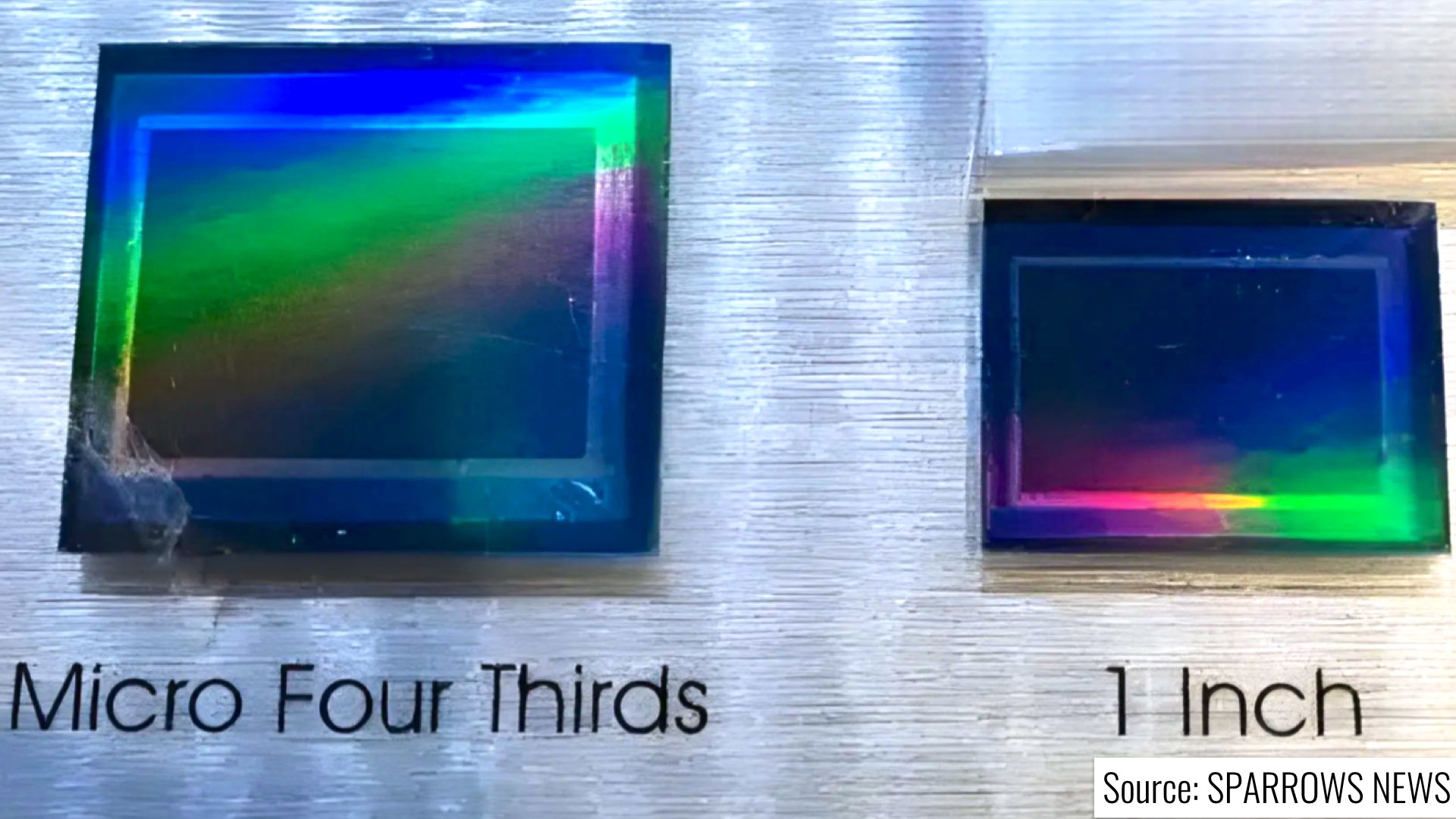
The Future of Filmmaking: A Hybrid Approach?
While smartphones will continue to play an essential role in everyday video production, Gen-Z’s growing interest in digital cameras suggests that there will be a resurgence of interest in specialized equipment. The question remains whether the future of filmmaking will be dominated by smartphones, large sensor cameras, or a hybrid approach that incorporates both. The reality is that both types of devices have their place in filmmaking. Smartphones may continue to be useful for quick shots, social media content, and even low-budget projects, but for Gen-Z filmmakers aiming for professional-grade results, large sensor cameras will be an indispensable tool. The evolution of smartphone technology, such as Apple’s potential shift toward large sensors in future iPhones (our assumption), may blur the lines, but it is unlikely that smartphones will ever completely replace the capabilities of dedicated digital cameras.
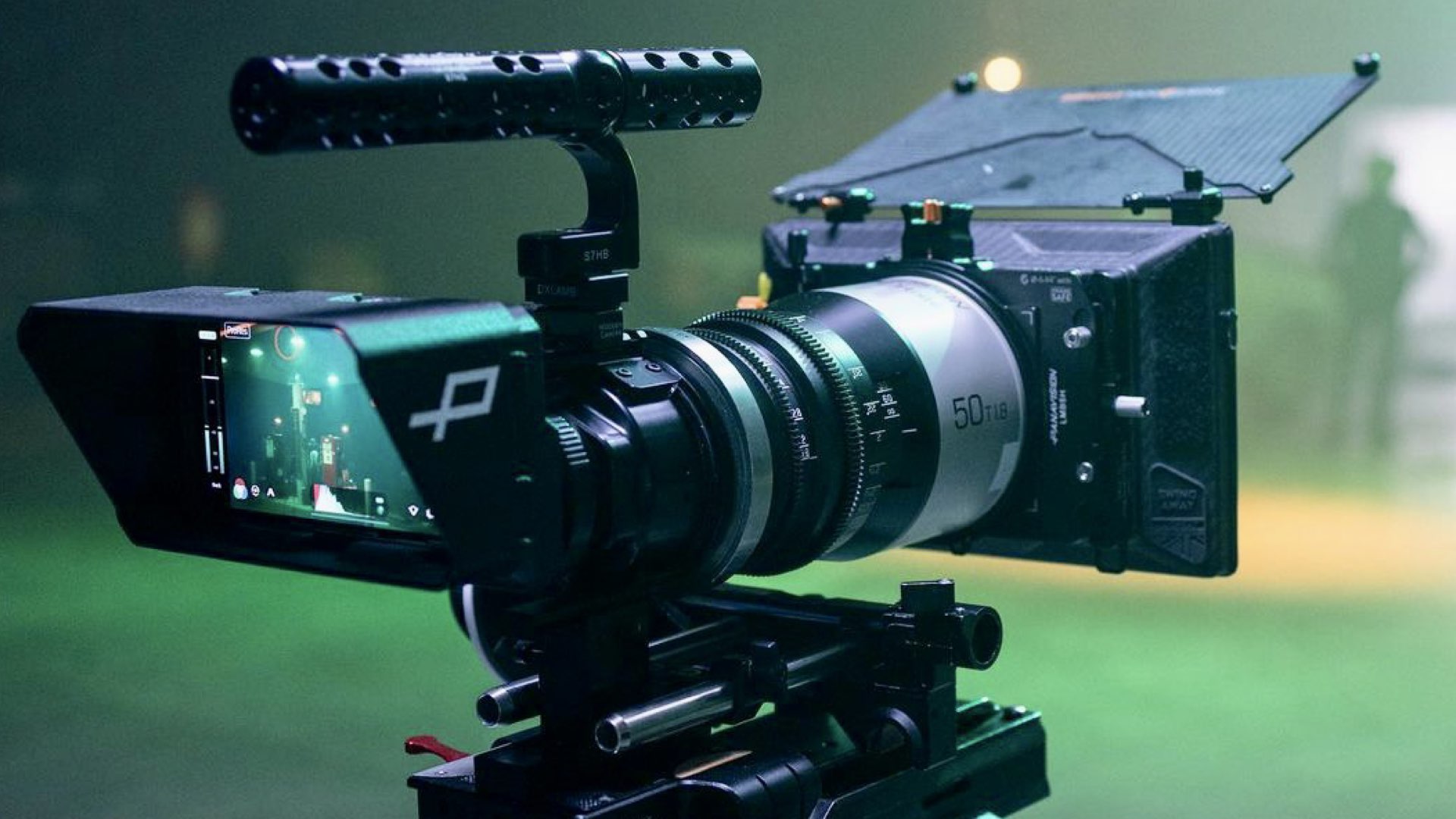
Conclusion: The Resilience of the Digital Camera Market
The rebound of the digital camera market, driven by the purchasing power of Gen-Z, signals that young filmmakers are willing to invest in quality equipment that can deliver superior image quality and creative control. While smartphones have made significant advances, they will struggle to compete with the technical advantages of large sensor cameras, particularly in the realm of cinematic filmmaking. As technology evolves, Gen-Z’s embrace of digital cameras is a promising sign for the future of the industry—an era where professional filmmaking is once again defined by the tools that allow creators to push the boundaries of their craft.

